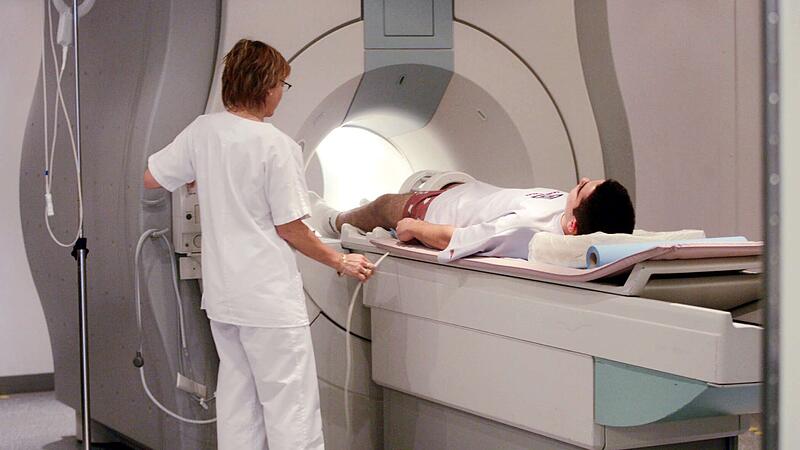A nuclear magnetic resonance microscope that enables the investigation of atoms in nanostructures – that is the goal of the “Pathfinder Open” project, which the Johannes Kepler University (JKU) together with partners from Israel, Spain, Italy and Great Britain will be conducting over the next three years will perform.
Three million euros in funding from the EU flow into the international project, which is managed by Georg Gramse from the Nanoelectronics department at the Institute of Biophysics at the JKU. “For me, it is certainly one of the largest research projects that I have had the privilege of leading in my career. The next three years will be very exciting, especially thanks to the cooperation with the new research partners,” says Gramse.
Challenging project
The idea of combining nuclear magnetic resonance with a special microscopy technique and thus revolutionizing measurement methods comes from an earlier project by Gramse and the project partners: “About a year and a half ago I got into conversation with the partners, other international research institutions joined and the Idea for the EU project born.”


From around 860 proposals submitted to the EU, 60 were selected. “It won’t be easy, because we are facing a number of challenges. The aim of the EU was to fund projects that have a very ambitious goal, but whose implementation represents a very big challenge. That’s why it’s also a challenge for the JKU great honor to be one of these selected projects,” says the project manager.
After all formalities have been clarified, the research project will start at the beginning of next year and will take about 36 months. The experts from Spain and Great Britain establish the link to materials research, while the JKU and its partner from Israel concentrate on the development of the microscope. “With this collaboration, we can push the frontiers of our understanding of nuclear-electron interactions and study nano-objects at the atomic level,” says Gramse.
put into practice
If the research project is successful, the technology should not only bring new scientific findings. These are also to be implemented in practice: The planned platform, which uses this nuclear magnetic resonance method, could be used to examine medical or biochemical samples. The results of the JKU research project can also be incorporated into the development of quantum computers through to research into electrochemical catalysis processes.
“I am convinced that this project will create an exciting new opportunity for exploring a range of research areas,” says Gramse.
Source: Nachrichten




